
AeroGenie — 您的智能副驾驶。
热门趋势
Categories
Brazil’s GOL Airlines Exits Chapter 11 Bankruptcy

Brazil’s GOL Airlines Emerges from Chapter 11 Bankruptcy
GOL Linhas Aéreas Inteligentes has officially exited Chapter 11 bankruptcy protection in the United States following the court’s approval of its financial restructuring plan on May 20. The Brazilian carrier secured $1.9 billion in exit financing, with $1.25 billion contributed by anchor investors Castlelake and Elliott Investment Management. As a result, GOL now holds approximately $900 million in liquidity and has fully repaid its debtor-in-possession financing, marking a significant milestone in its financial recovery.
Restructuring and Ownership Changes
A key element of the restructuring involved the Abra Group, which also owns Avianca Airlines and Wamos Air, becoming GOL’s controlling shareholder. The group now holds around 80% of the airline’s capital. The Board of Directors authorized a capital increase amounting to BRL 12.03 billion (approximately $2.16 billion) through the capitalization of credits, leading to the issuance of over 9.1 trillion common and preferred shares. With the completion of the Chapter 11 process, GOL has dissolved its Special Independent Committee, which had been established to oversee the restructuring efforts.
Chief Executive Celso Ferrer emphasized the company’s strategic adjustments, stating, “We have rationalized our fleet, optimized our costs, redesigned our network, and enhanced our operational focus. Supported by solid customer preference, robust demand, and a five-year plan that will bring more investments in customer experience as well as new routes, we are positioned to continue driving success.”
Fleet Expansion and Market Outlook
GOL currently operates a fleet of 138 aircraft, comprising twelve Boeing 737-700s, sixty-four 737-800s, fifty-five 737-8s, and seven 737-800(BCF)s. The airline plans to add five more 737-8s within the year and has outstanding orders for fifty-three 737-8s and twenty-five 737-10s. The company aims to have its entire fleet fully operational by the first quarter of 2026.
As GOL re-enters the competitive Brazilian aviation market, it faces challenges from rival carriers. Azul Linhas Aéreas Brasileiras filed for Chapter 11 protection in May 2025, while LATAM Airlines Brasil, under its parent company LATAM Airlines Group, exited Chapter 11 in November 2022. Industry analysts predict that these competitors may adopt aggressive pricing and expansion strategies, intensifying competition in the sector. With the Abra Group now the largest stakeholder, GOL’s future strategic direction is expected to align with the group’s broader vision for the regional airline industry.

British Airways adopts MRO-PRO for global line maintenance
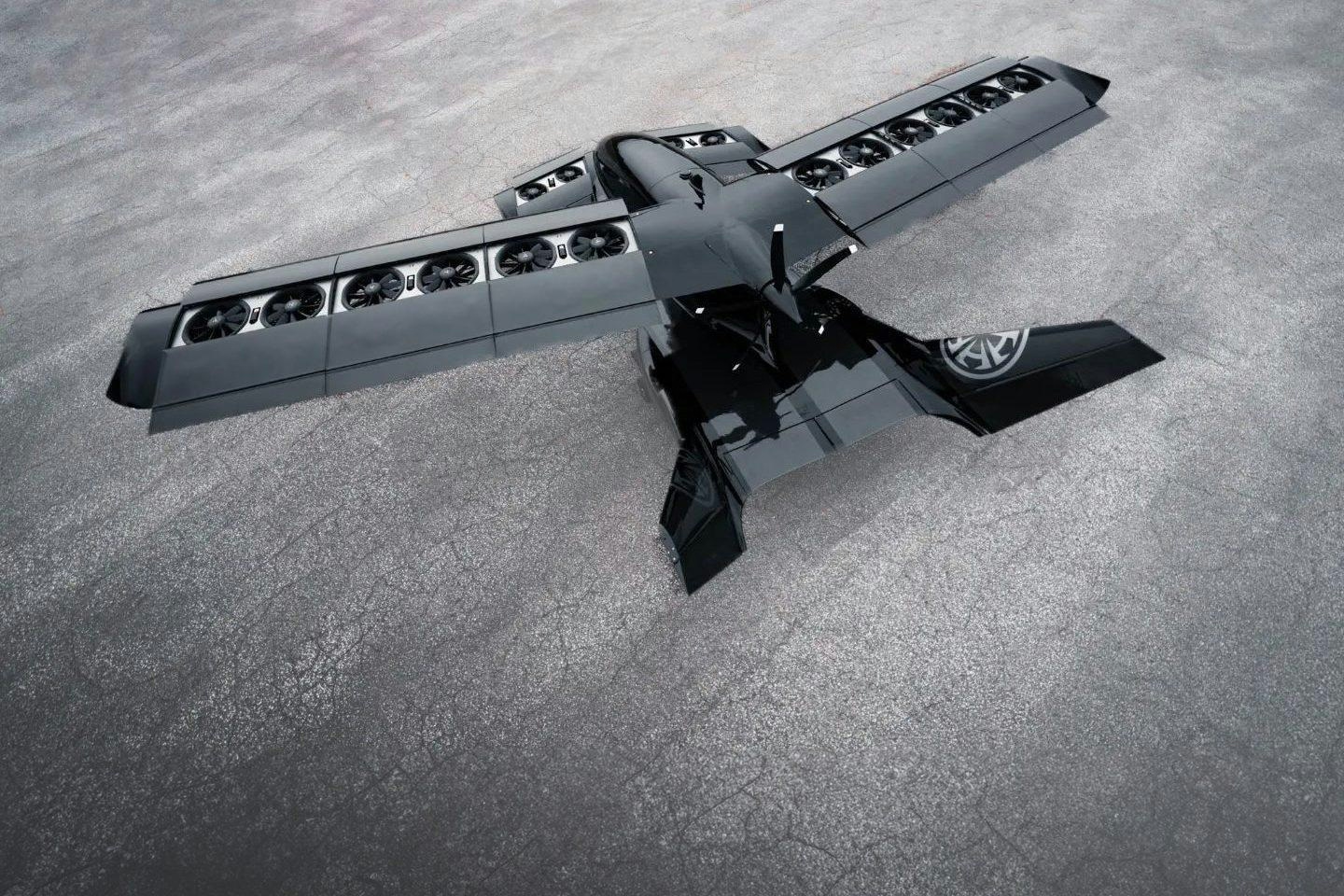
Horizon Aircraft Chooses PT6A Engine for Cavorite X7 Jet
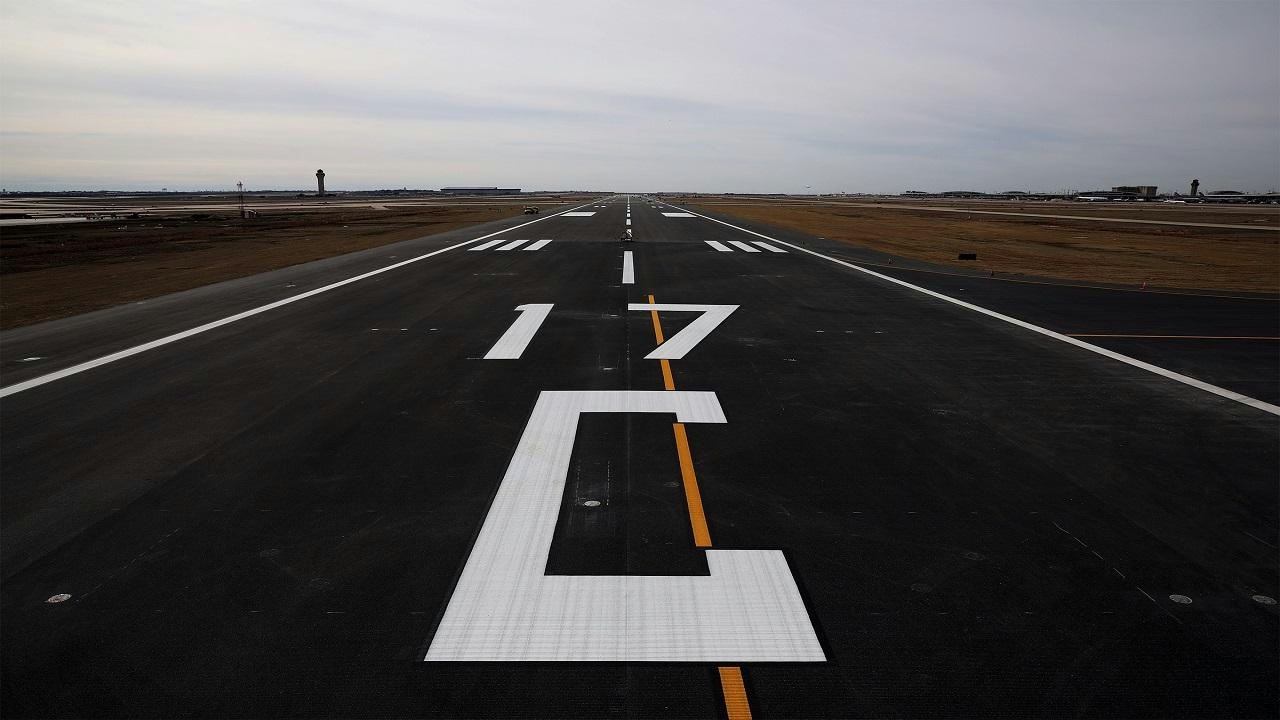
Jacobs and PA Consulting to Develop Intelligent Aviation Infrastructure at Dallas Fort Worth Airport
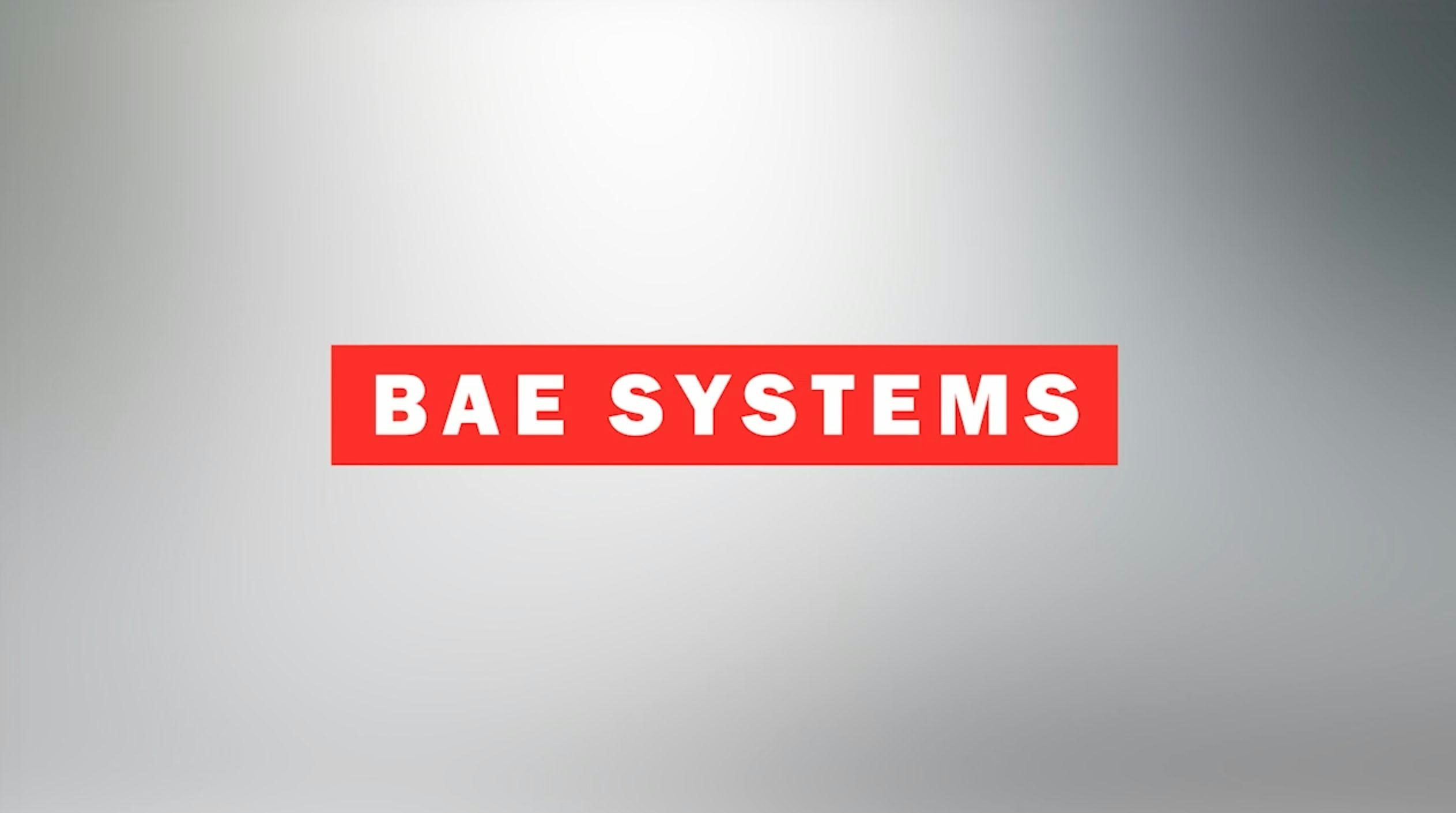
BAE Systems Introduces Horizon Solutions at MRO Europe 2025

Aero NextGen acquires Digital Flight to build the digital backbone of global aviation

Miami Moves Closer to Launching Air Taxi Services
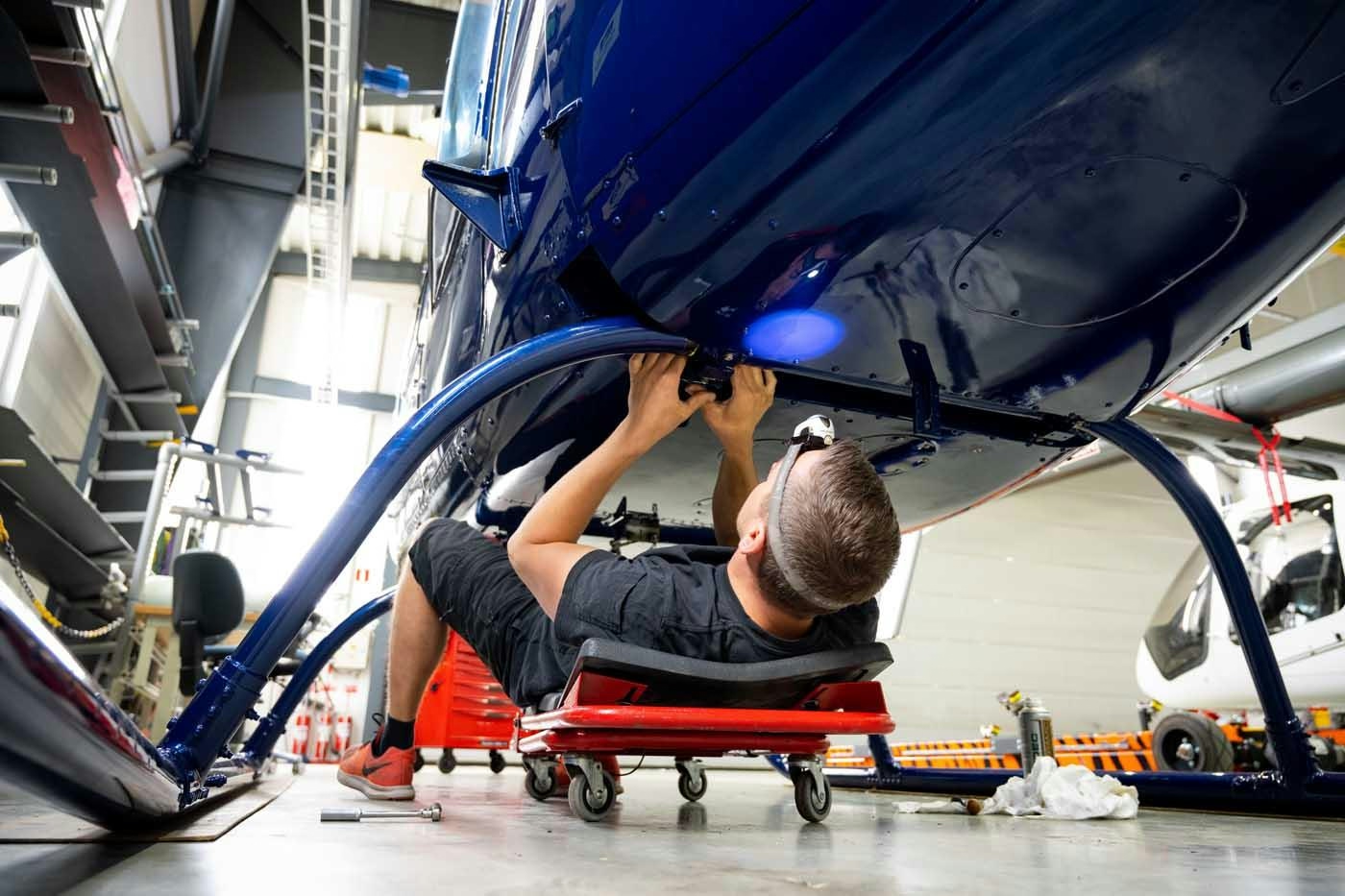
JCB Aero Marks First Year of Part 145 Maintenance and Repair Operations
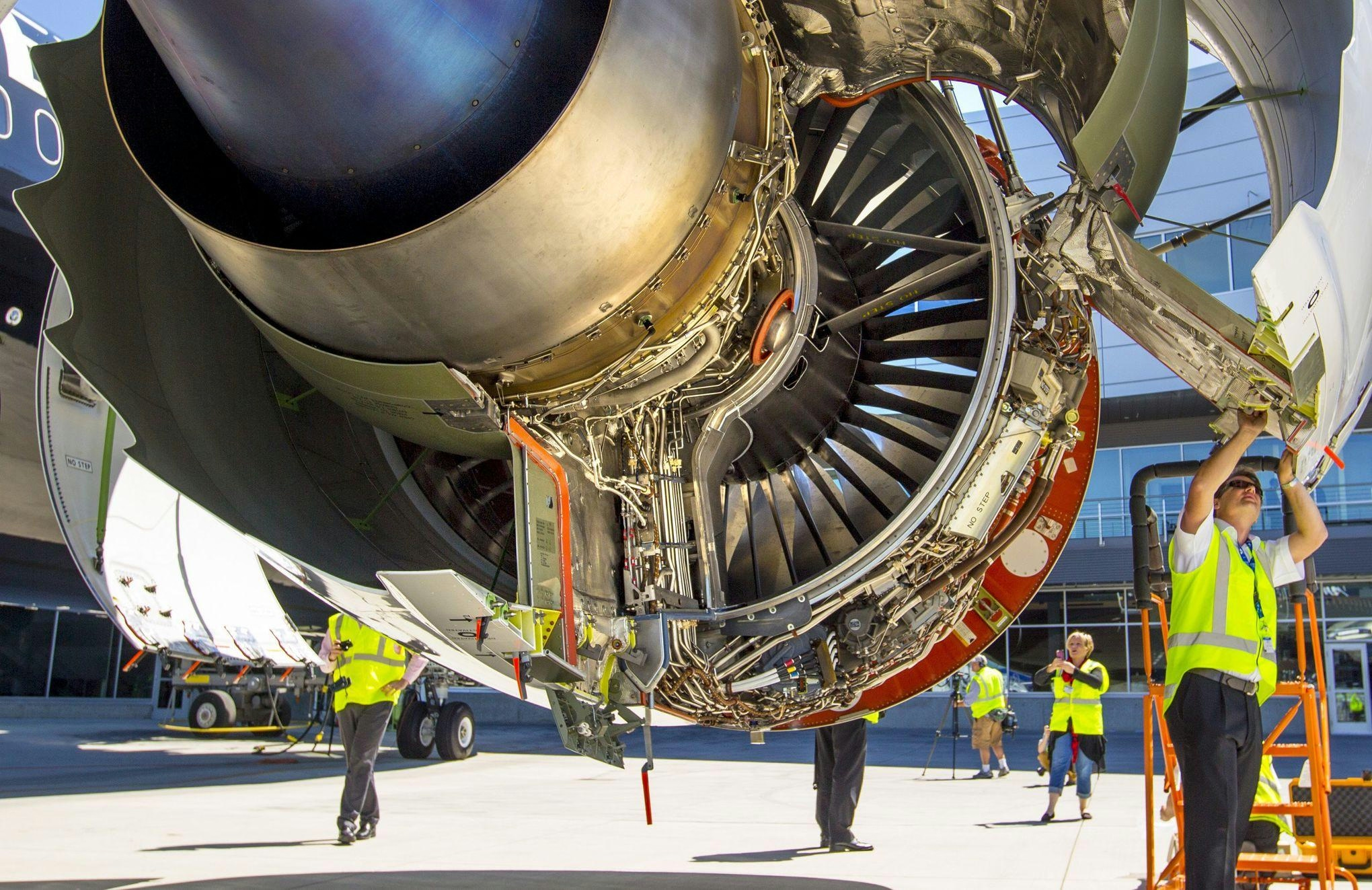
Airbus Faces Challenges from the World’s Most Environmentally Advanced Widebody Aircraft
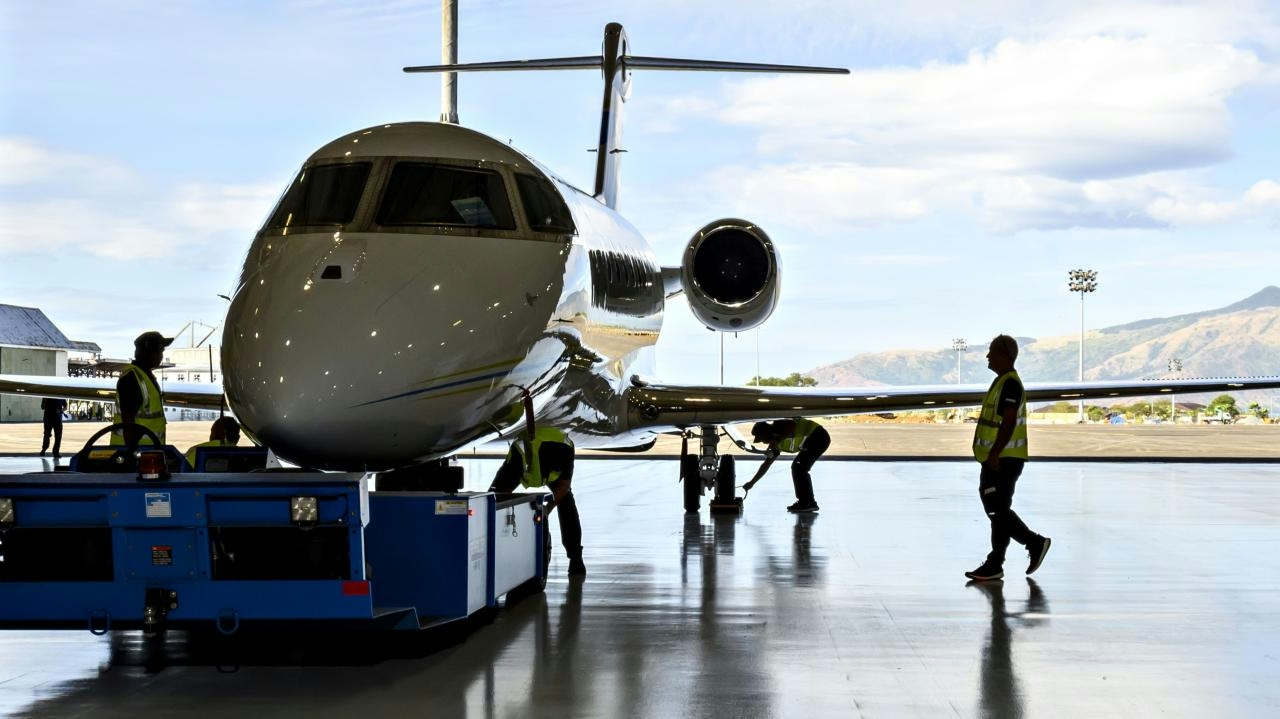
ACTSI Expands Subic MRO Facility with New Hangar
